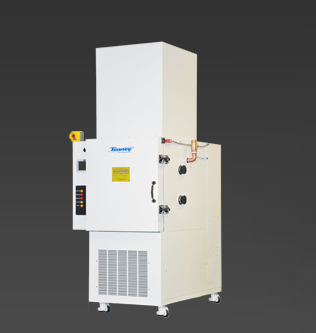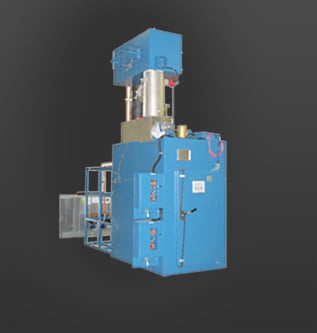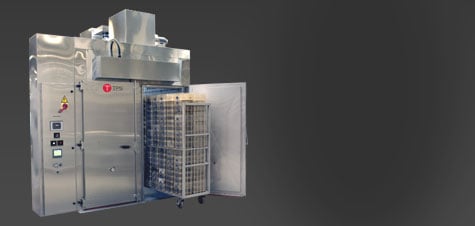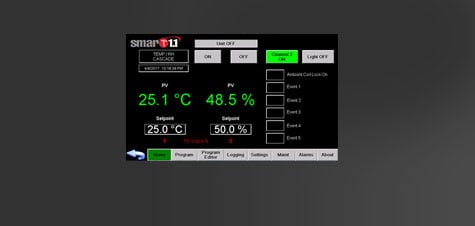
SAFETY OPTIONS
FOR BATTERY TEST CHAMBERS
-

1. Chamber Pressure Alarm
- Standard - -

2. Pressure Relief Ports
- Standard - -

3. Explosion Venting (NFPA Compliant)
- Standard - -

4. Redundant Process Temperature High Limit
- Standard - -

5. Intrinsic Safety Barriers
-

6. Temp Limited Electric Heaters
-

7. Emergency Stop
-

8. Rapid Purge System
-

9. NFPA Class "A" Ventilation System
-

10. Inert Atmosphere (NFPA Compliant)
-

11. Solvent Monitor (Hydrocarbons and solvents)
-

12. Gas Analyzers (H2, O2, CO2, CO)
-

13. Remote Shutdown
-

14. Automatic Door Locks
-

15. Product Monitoring Thermocouples
-

16. Rapid Cryogenic Cooling
-

17. Fire Suppression (Water, Halon, CO2, LN2)
-

18. Alarms (Audible, Visual, Output Contacts)
-

19. Heater Surface Temperature Limiters



























1
2
3
4
5
6
7
8
9
10
11
12
13
14
15
16
17
18
19




